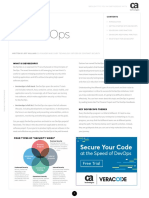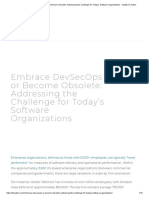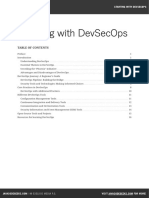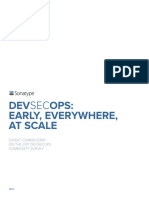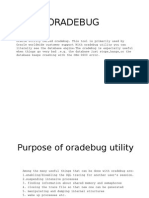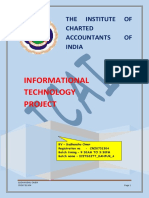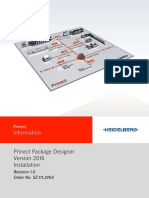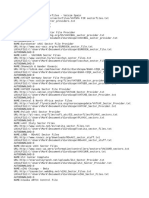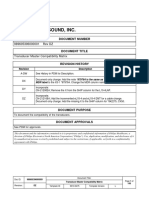0% found this document useful (0 votes)
20 views8 pagesDevSecOps Strategy Guide
The DevSecOps Strategy Guide emphasizes the need to integrate application security testing (AST) throughout the software development life cycle to balance speed and security amidst increasing cyber threats. It outlines key strategies for achieving effective DevSecOps, including continuous testing, maintaining development velocity, and optimizing workflows to enhance security awareness across teams. The guide also highlights the importance of collaboration among development, security, and DevOps teams, as well as the use of automated tools and clear communication to foster a culture of security within organizations.
Uploaded by
nniz44myCopyright
© © All Rights Reserved
We take content rights seriously. If you suspect this is your content, claim it here.
Available Formats
Download as PDF, TXT or read online on Scribd
0% found this document useful (0 votes)
20 views8 pagesDevSecOps Strategy Guide
The DevSecOps Strategy Guide emphasizes the need to integrate application security testing (AST) throughout the software development life cycle to balance speed and security amidst increasing cyber threats. It outlines key strategies for achieving effective DevSecOps, including continuous testing, maintaining development velocity, and optimizing workflows to enhance security awareness across teams. The guide also highlights the importance of collaboration among development, security, and DevOps teams, as well as the use of automated tools and clear communication to foster a culture of security within organizations.
Uploaded by
nniz44myCopyright
© © All Rights Reserved
We take content rights seriously. If you suspect this is your content, claim it here.
Available Formats
Download as PDF, TXT or read online on Scribd
/ 8








